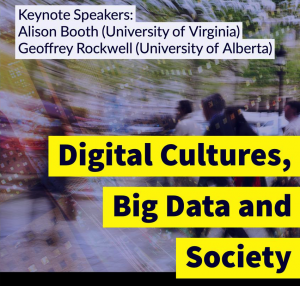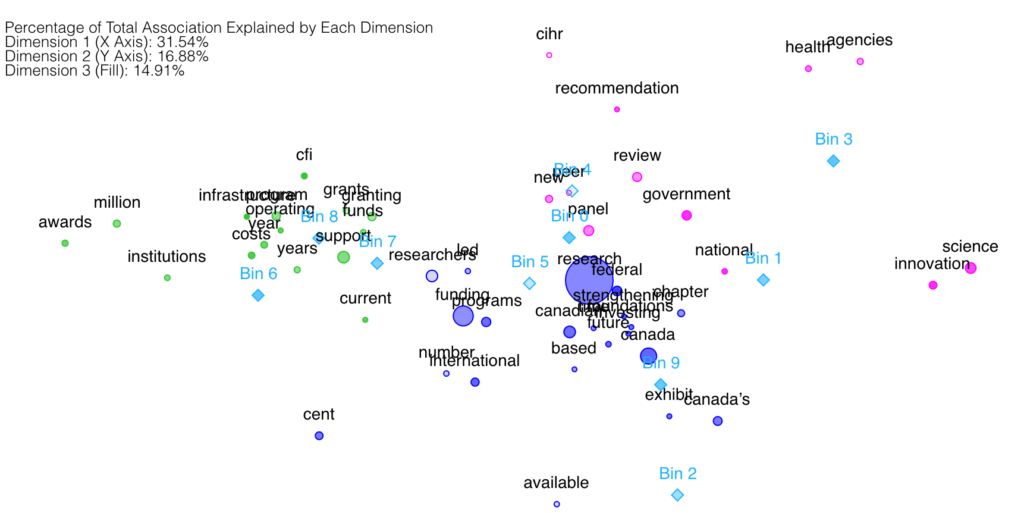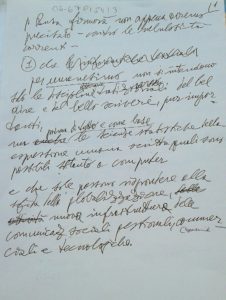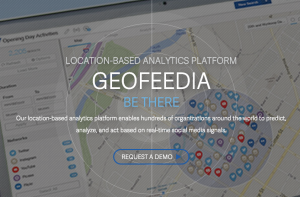The question I want to explore today is this: what do we do about distant reading, now that we know that Franco Moretti, the man who coined the phrase “distant reading,” and who remains its most famous exemplar, is among the men named as a result of the #MeToo movement.
Lauren Klein has posted an important blog entry on Distant Reading after Moretti. This essay is based on a talk delivered at the 2018 MLA convention for a panel on Varieties of Digital Humanities. Klein asks about distant reading and whether it shelters sexual harassment in some way. She asks us to put not just the persons, but the structures of distant reading and the digital humanities under investigation. She suggests that it is “not a coincidence that distant reading does not deal well with gender, or with sexuality, or with race.” One might go further and ask if the same isn’t true of the digital humanities in general or the humanities, for that matter. Klein then suggests some thing we can do about it:
- We need more accessible corpora that better represent the varieties of human experience.
- We need to question our models and ask about what is assumed or hidden.



